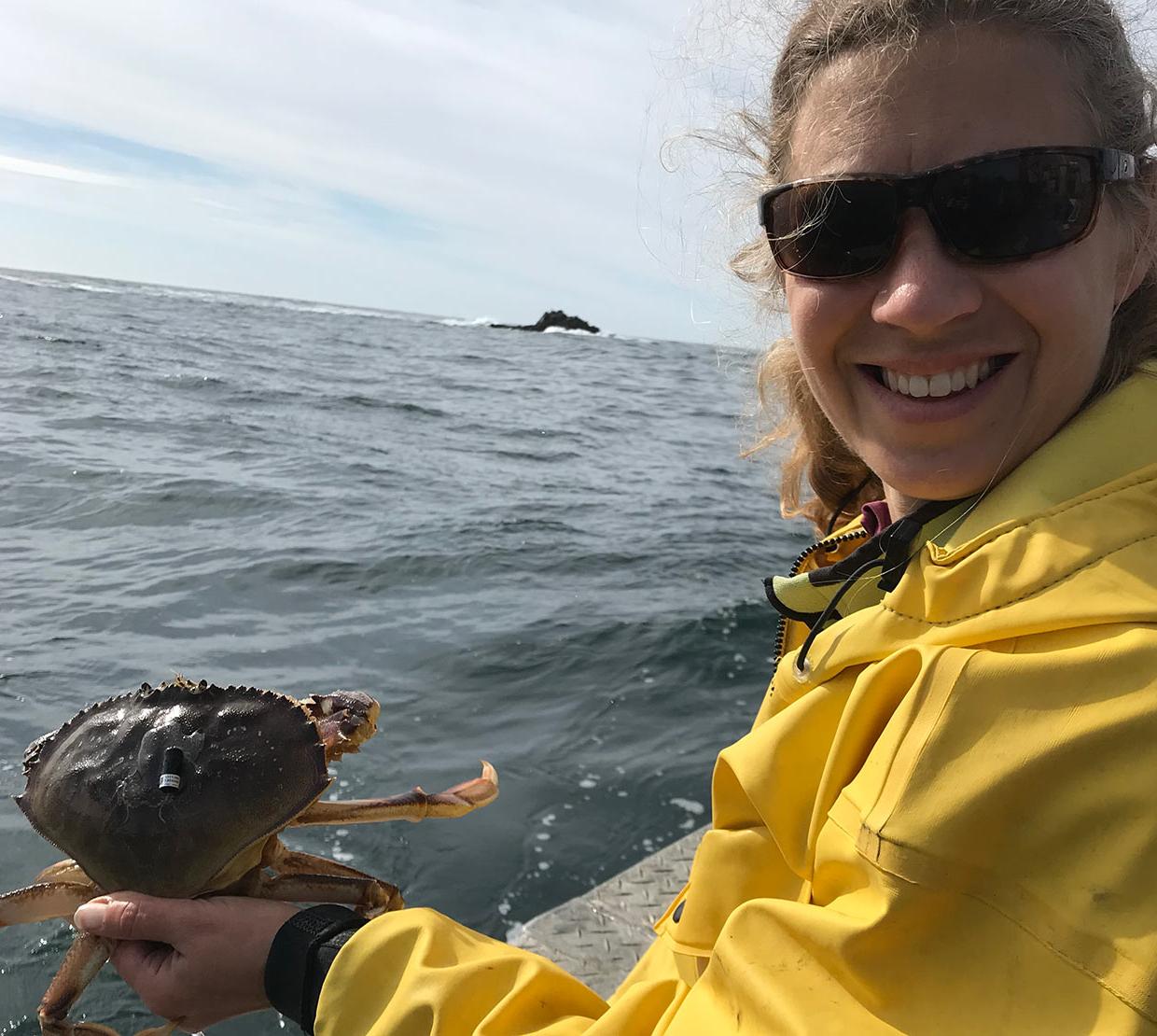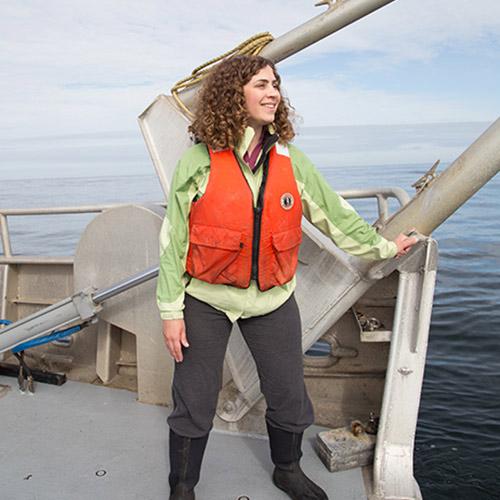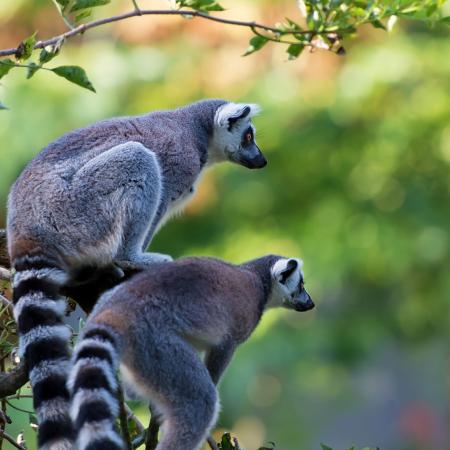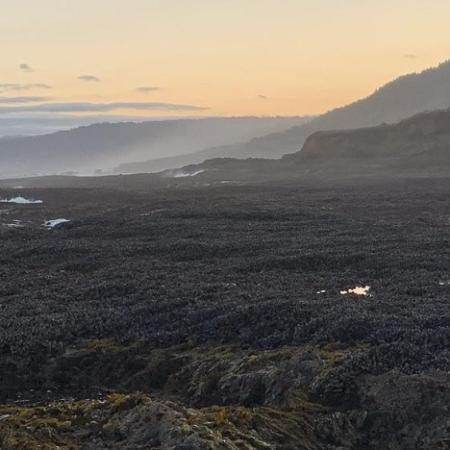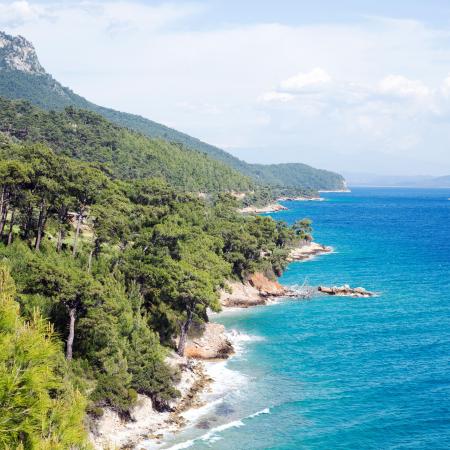Dungeness crab is Oregon’s leading commercial seafood product, bringing in an estimated $75 million in 2018, yet little is known about how far crabs will venture in search of food.
Marine ecologist Sarah Henkel is hoping to change that. Last year, she and a colleague from the National Oceanic and Atmospheric Administration glued acoustic tags onto several legal-sized Dungeness crabs near the mouth of the Columbia River and off Cape Falcon, then deployed acoustic receivers north and south of the two locations to learn more about their movements.
Their goal was to learn how frequently and how far crabs move in sandy versus rocky habitat – data that will help inform decision-making on potential impacts of wave energy testing and marine reserves.
What they found out about the crabs surprised them. What they discovered about great white sharks in Oregon waters from listening for the signals emitted from the crab tags intrigued them even more.
First, about the crabs. The researchers deployed 10 tagged crabs in sandy habitat near the Columbia and they all fled the region within a week, taking with them the tags that cost $300 apiece. Crabbers usually target sandy areas for deploying pots because they are less likely to get tangled on the seafloor.
“It’s interesting because I’ve done a lot of sampling of benthic habitat and there just isn’t a lot of food down there,” said Henkel, who works out of OSU’s Hatfield Marine Science Center in Newport. “There’s usually only very small worms and clams, yet there’s an enormous crab harvest each year and most of that is from sandy-bottomed regions.”
